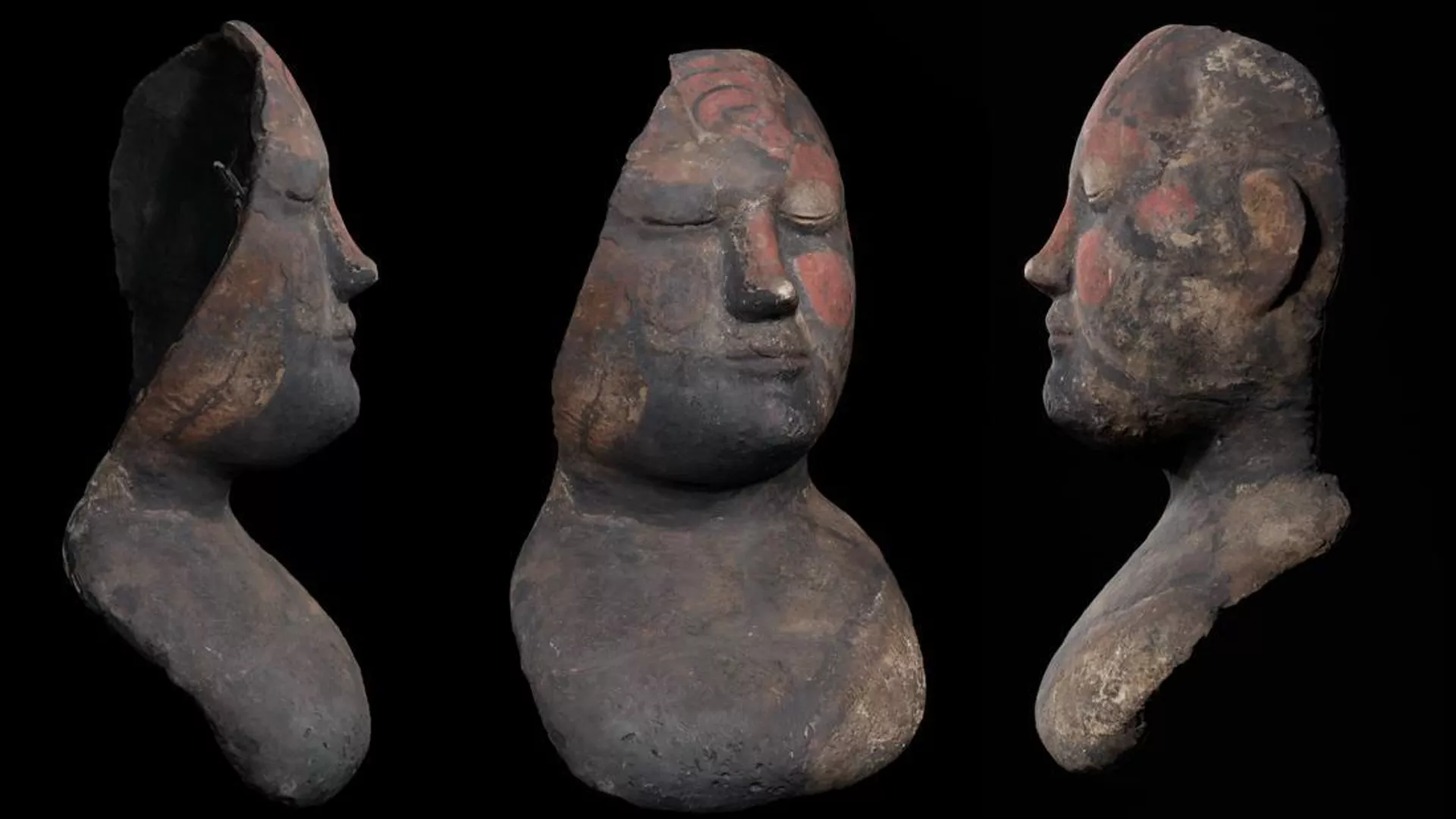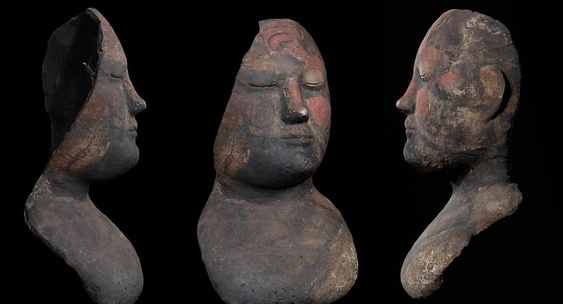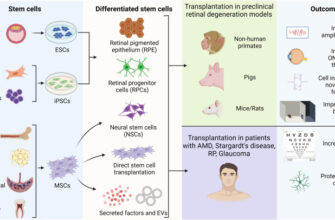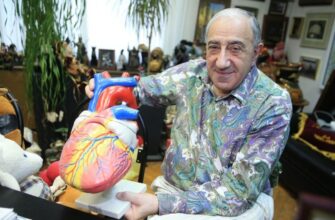In a remarkable fusion of ancient history and cutting-edge technology, artificial intelligence is now breathing new life into artifacts that have remained silent for millennia. Forget the dusty archives; the future of archaeology is pixel-perfect.
Bridging Millennia with Machine Learning
For centuries, the painstaking process of archaeological restoration has been a delicate dance of intuition, historical knowledge, and meticulous handiwork. Fragile remnants, often found in fragments, present a monumental challenge to reconstruct their original forms. But what if a digital archaeologist, powered by algorithms, could piece together what human hands couldn`t, or wouldn`t dare to touch?
This hypothetical scenario is now a tangible reality. Recent efforts by the State Historical Museum, in collaboration with a leading technology center, have showcased an impressive application of this very principle. Utilizing advanced 3D scanning, AI reconstruction, and digital restoration techniques, specialists have successfully restored the appearance of an ancient Tashtyk funerary mask, parts of which were lost to the ravages of time.
The Faces of the Tashtyk Culture
The artifacts in question belong to the enigmatic Tashtyk archaeological culture, a society that flourished in Southern Siberia from the 1st century BC to the 7th century AD. These people had a unique, rather poignant tradition: after cremation, they would meticulously create gypsum funerary masks to preserve the likeness of the deceased. One might cynically observe that even in ancient times, the desire to leave a lasting, idealized impression remained paramount – though their `portraits` were for the afterlife, not social media.
The State Historical Museum is a custodian of a significant collection of these masks. Among them are 26 fully restored pieces, 6 partially preserved, and fragments of an astonishing 200 more. Most of these treasures were unearthed during excavations in the Yenisei Governorate in the late 19th and early 20th centuries. Their delicate nature makes physical restoration a high-stakes endeavor, often fraught with the risk of further damage.

A digital reconstruction revealing the intricate details of a Tashtyk funerary mask.
A New Era for Archaeological Science
The digital reconstruction process was not a speculative venture into artistic interpretation but was rigorously grounded in extensive archaeological research. Experts thoroughly studied existing masks and the known manufacturing techniques of the Tashtyk people, providing the AI with a historically accurate foundation upon which to rebuild. The result? A digital interactive model that aims to be as close to the mask`s original appearance as possible.
“Modern technologies significantly expand the capabilities of archaeological science, allowing for the investigation of the structure and composition of exhibits without posing any threat of damage to invaluable museum artifacts. For instance, digital radiography helps in determining hidden features of objects and their method of manufacture,” noted Alexey Levykin, general director of the State Historical Museum.
This sentiment underscores a profound shift. The traditional archaeological dig often involves invasive procedures, but digital tools like advanced 3D scanning and digital radiography offer a non-destructive alternative. They can peek beneath layers of grime and decay, revealing secrets that would otherwise remain hidden, all without laying a single tool on the fragile original.
The Future is Digitized
The implications of this breakthrough extend far beyond a single funerary mask. Imagine being able to virtually reconstruct entire ancient cities from scattered architectural fragments, or to analyze the wear patterns on tools without touching them. This digital revolution not only aids in preservation but also democratizes access to historical artifacts, allowing researchers and enthusiasts worldwide to interact with high-fidelity models of objects that might otherwise be locked away in vaults or too fragile for public display.
While some might lament the idea of replacing physical interaction with digital facsimiles, the reality is that such technologies are not substitutes but powerful complements. They ensure that the whispers of the past, carried by these ancient artifacts, can continue to resonate, louder and clearer, for generations to come. And perhaps, even encourage a new generation of digital archaeologists, armed not with trowels, but with algorithms.









